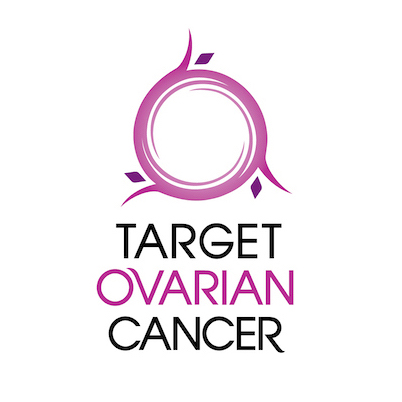Target Ovarian Cancer

The Target Ovarian Cancer Pathfinder study provides a unique insight into the experiences of those living or working with ovarian cancer in the UK and plays a crucial role in identifying areas where more progress is needed.
- Pathfinder 2009 found that 46 per cent of women with ovarian cancer waited a month or more before seeing their GP and 96 per cent of GPs believed ovarian cancer was a silent killer. In response, Target Ovarian Cancer campaigned for a national awareness campaign (local pilot launched in 2013) and launched their Continuous Professional Development (CPD) modules for GPs.
- Pathfinder 2012 found that, despite clinical trials offering the gold standard in treatment, just one in three women with ovarian cancer had been asked if they wanted to participate in a trial. In response, the charity created their award winning Clinical Trials Information Centre.
In 2016, the Peter Sowerby Foundation awarded Target Ovarian Cancer £50,000 to support the third iteration of Pathfinder. This research informed a series of five reports, presenting both a UK wide and nation specific (England, Scotland, Wales and Northern Ireland) state of the nation on ovarian cancer awareness, diagnosis, treatment and care. It also enabled the reporting of time series data tracking changes in awareness, GP attitudes and the experience of women with ovarian cancer. This has so far led to the development of the ‘Ovarian cancer care standard’, the inclusion of ovarian cancer in the Be Clear on Cancer abdominal campaign, and the launch of the ‘Ovarian cancer audit feasibility pilot’.
In 2019 the Peter Sowerby Foundation made a further grant of £338,300. This transformational funding is to address regional variation in the diagnosis of ovarian cancer. The earlier ovarian cancer is diagnosed the greater a woman’s chances of survival yet Target Ovarian Cancer research has shown that while in some parts of the country over half of women are diagnosed with early stage ovarian cancer, in other areas this drops to fewer than 30 per cent.
